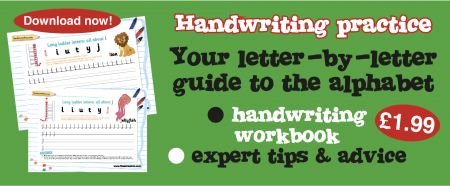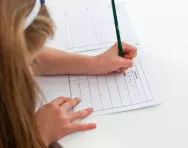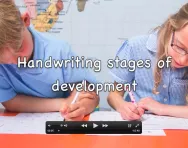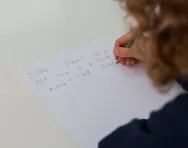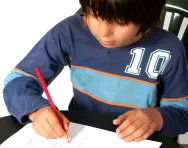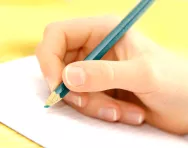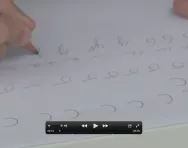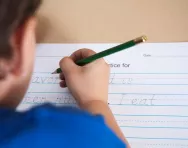TheSchoolRun.com closure date
As we informed you a few months ago, TheSchoolRun has had to make the difficult decision to close due to financial pressures and the company has now ceased trading. We had hoped to keep our content available through a partnership with another educational provider, but this provider has since withdrawn from the agreement.
As a result, we now have to permanently close TheSchoolRun.com. However, to give subscribers time to download any content they’d like to keep, we will keep the website open until 31st July 2025. After this date, the site will be taken down and there will be no further access to any resources. We strongly encourage you to download and save any resources you think you may want to use in the future.
In particular, we suggest downloading:
- Learning packs
- All the worksheets from the 11+ programme, if you are following this with your child
- Complete Learning Journey programmes (the packs below include all 40 worksheets for each programme)
You should already have received 16 primary school eBooks (worth £108.84) to download and keep. If you haven’t received these, please contact us at [email protected] before 31st July 2025, and we will send them to you.
We are very sorry that there is no way to continue offering access to resources and sincerely apologise for the inconvenience caused.
Five steps to success in developing your child’s handwriting

In a world of computers, touch screens, and text, good handwriting remains an educational rite of passage for children globally.
Unlike print or type, handwriting is a phenomenon distinct in human development. Writing reflects not just our ideas and thoughts; it is also a unique record of our identity. Every child’s handwriting is like their thumb-print – unique and special to them.
Point this out to children, even as they are making their first scrawls, and immediately this empowers them with the importance and value of handwriting.
Try these five tips to help them develop it:
1. Let your children see you writing
‘Seeing is believing’ when it comes to children. Long established in child development is that children copy adults, and place a high value on what they see them doing.
While good writing remains the gateway to success in education, the reality is children may see adults typing before writing.
A first step to get children interested in handwriting is to let them watch you doing it yourself.
Choose a favourite and simple poem. Let your child see you carefully copy it – in your best handwriting - onto colourful, attractive paper; their curiosity will be aroused. Then let them try to copy a word or sentence that is appropriate to the level they are at. This sets up positive associations in your child’s brain between writing as fun, special and, importantly, valued by adults.
2. Lavish praise for their writing efforts
Super neat, copper plate handwriting is not indicative of high intelligence. Legible handwriting, in a child’s own particular style, is the aim. Praising even the most wobbly initial offering of a letter or word sets up a positive cycle of learning in the mind of your child, so they want to do more.
3. Display your child's handwriting
Display proudly and prominently pieces of handwriting done by your child, whether in crayon, ink, pencil, pen or felt tips. This will remind your child that you value their handwriting, and they will then feel that it is therefore a skill worth practising and refining.
4. Remind older children that examiners appreciate clear handwriting
It's a fact of life that examiners, given a stack of scripts over a number of hours, may warm to a clearly written and presented piece of work. Sharing this fact with children as they near crucial exams can see their writing improve dramatically. Again if you are going to have that conversation with them, remember to practise a little yourself too, or dig out an old school book showing you mastered this skill. Minus evidence, teenagers in particular will not be impressed!
5. Encourage your child to experience the freedom that writing brings
Creative writing can be squashed at school due to curriculum pressures, yet it remains an effective way to show children the benefits of mastering handwriting. Encourage children to write a poem or story and seek out new words to express their ideas. They will experience first-hand the benefit of mastering handwriting: freedom to focus more on their ideas and creativity.
